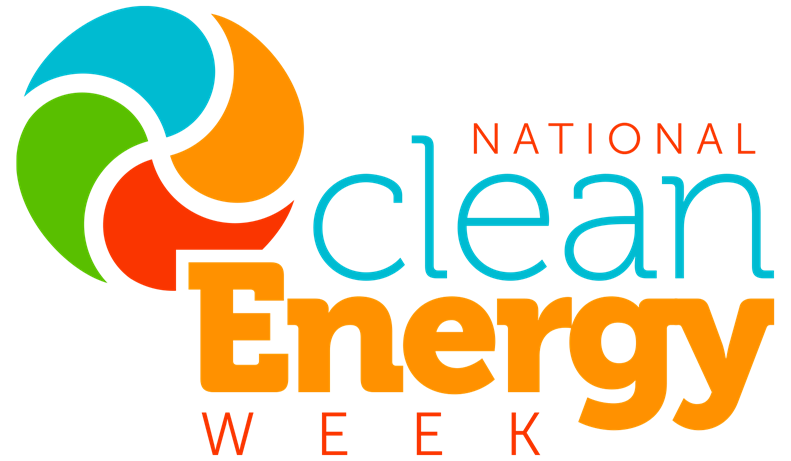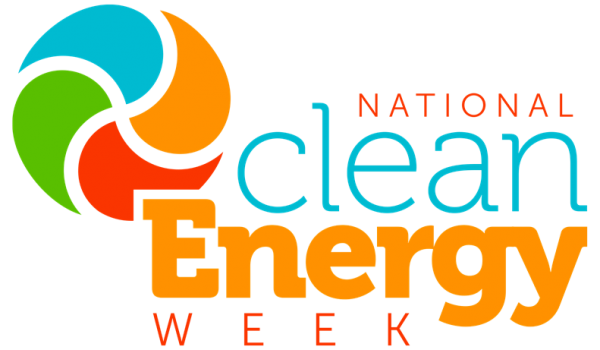SEPTEMBER 23-27, 2024

REGISTRATION IS OPEN
September 24: Young Professionals Happy Hour
September 25 & 26: Policymakers Symposium
September 26: VIP Reception & Dinner
National Clean Energy Week is a celebration of the policies, industries, and innovations that power our daily lives while producing no or very little greenhouse gas emissions. Despite the very real technological and political challenges, a clean energy future is in our reach, and America is ready to lead the way. Whether attending the flagship Policymakers Symposium or hosting your own celebration, please join us in recognition of all that clean energy can bring: energy independence, economic prosperity, and a more peaceful world.
News

Record Breaking: Thirty-Seven States and Forty-Nine Municipalities Recognize Clean Energy Week 2023

ICYMI: Federal and Local Leaders Celebrate National Clean Energy Week in Washington Times Special Edition
HOST A CLEAN ENERGY WEEK EVENT!
Celebrate NCEW in your local community!
Sign up to host an official Clean Energy Week event to get access to everything you need to make your event a success!
Sign up to host an official Clean Energy Week event to get access to everything you need to make your event a success!

